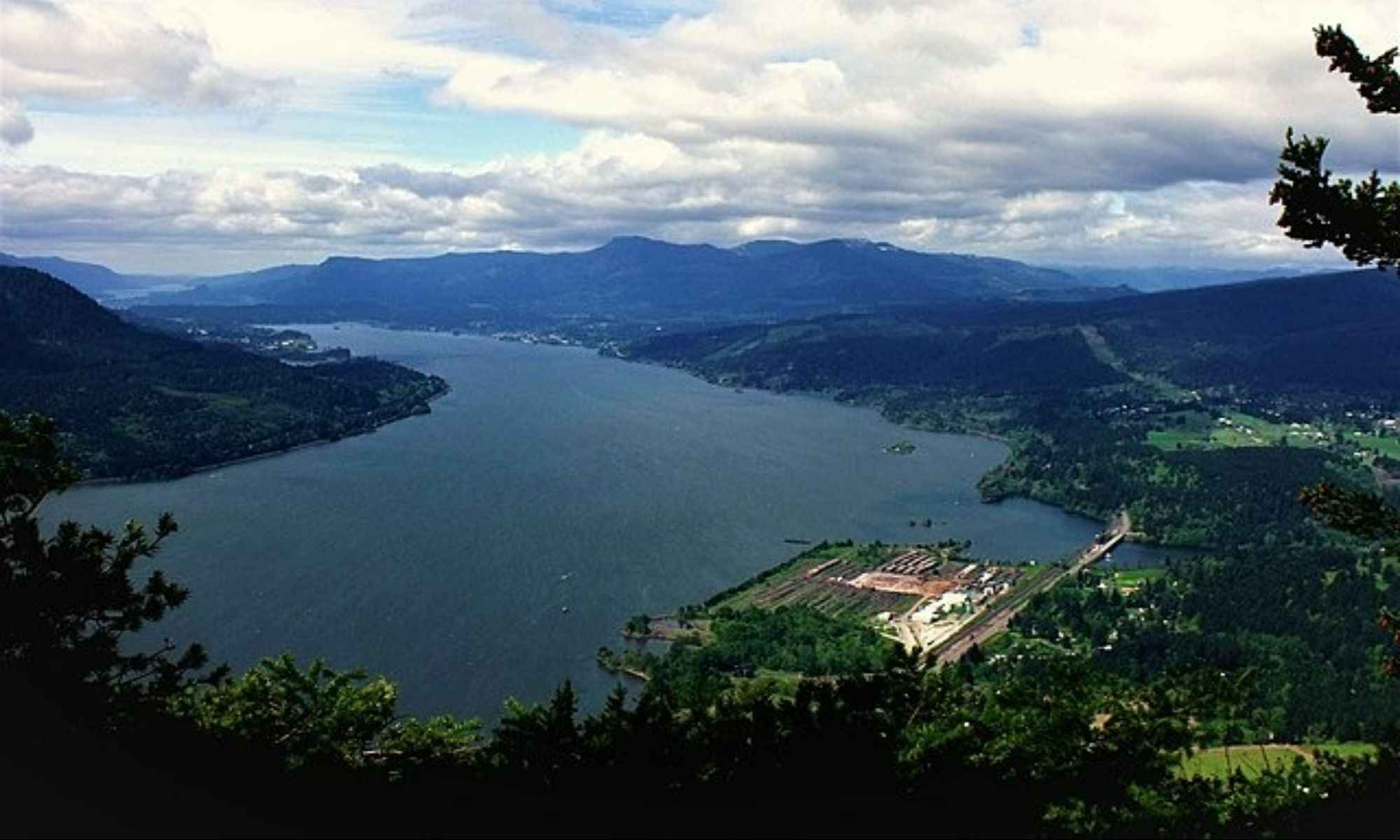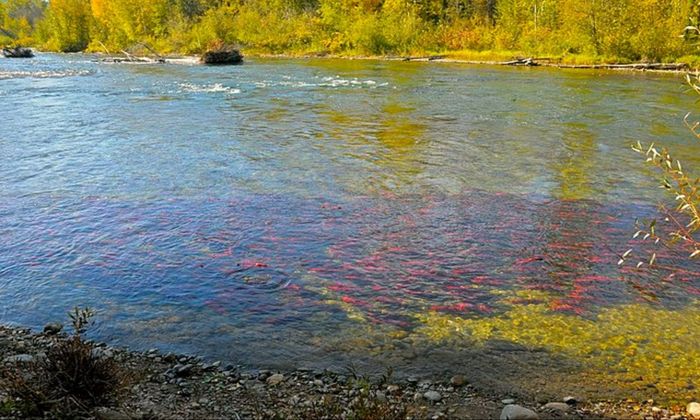Columbia River Fishing: Catch the Most Prized of Salmon
Get tips on how to land your target coho or chinook salmon in the great river of Columbia River.

The Columbia River is considered one of the best rivers for salmon fishing in North America and the world. The biggest river in the American West is home to several sought-after fish species such as bass, walleye, trout, steelhead, and catfish. However, its salmon runs are the stuff of legend and are the biggest draw for anglers from all over the United States and beyond.

The salmon fishing river sees five runs off three salmon species: spring, summer, and fall run for the chinook salmon, a fall run for the coho or silver salmon, and summer run for the sockeye salmon. Anglers often seek out the chinook and coho as they are the most popular among the species. However, the sockeye does have its fans as it makes for great table fare.
For this article, you’ll be learning about how to catch chinook or king salmon, the most prized of all these three Pacific salmon species in the Columbia River. Fishing for the king in the river is no longer as easy these days compared to the olden days. There’s too much competition, and sadly the water body has experienced massive overfishing over the years. However, Oregon has been making strides in conserving the great river and its fisheries. So apart from arming yourself with techniques and tactics to land a king, you should also familiarize yourself with the bag limits and other seasonal regulations to participate in the conservation.

Spring Chinook Run
The spring chinook salmon run is often considered the best if you’re seeking the tastiest version of salmon. The run starts around March and can last well into the first week of May, depending on where you fish. This is typically the most crowded run among the three seasons — but who can blame your fellow anglers when the catch tastes this good?
The best spot to fish the river for this run is the Bonneville Dam. Below the dam, you can only fish until early April, but if you come in a little later in the season, you can still find some fish above the dam.
The best way to target this spring chinook run is by trolling cut plug herring, prawns, or sardines on an incoming tide or anchor fishing on an outgoing tide. If fishing below the Bonneville Dam, check the tide forecasts for the Pacific Ocean as its tidal movements affect the river. If you’re fishing above the dam, focus on the river mouths where the fish can take a little pause during their run. Dead drifting near the bottom can work here quite well.
Summer Chinook Run
While the spring run is known for its relatively small yet tasty salmon, the summer chinook run is well-loved for its trophies. If you’re looking to beat your record, this is the time to head out to the Columbia River. They may not be as big as their historical counterparts, but they still run large — hence the nickname June Hogs.
This seasonal run starts in the middle of June and lasts two weeks until the first of July. The good news is that this run coincides with the steelhead run and sockeye salmon run for the season, and you don’t even need to switch gear to switch to these species.
The same techniques used during the spring run can also be used on the kings during this seasonal run.

Fall Chinook Run
The king of all king salmon runs, the fall run is one to catch if you want to see the biggest salmon run on the legendary river. Angling starts in August in what is often referred to as Buoy 10 fishery or in the river mouth around Ilwaco, Washington, and Astoria, Oregon. You will want to get here as soon as the fish return to the estuary while actively biting. But if you can’t make it in time for the start of the run, fishing around Portland and the dams surrounding it starts moving in September. During this time, anglers often move upriver and follow the fish. The best spots to target them are at the mouths of rivers and tributaries such as the Lewis River and the Cowlitz River near Longview, the Klickitat River, and the Hanford Reach.
There are several classic tactics you can use for successful fall chinook fishing. Using two to three different wobblers on your line when bank fishing is quite popular, though you can also use the same setup for boat fishing. In slower currents, boat anglers will use floats on their wobbler setup. A pro tip is to keep the lures at least 2 feet apart and let the line down slowly.
Trolling spinners or 360 flashers is another good technique to try on the fall salmon run. You can use this technique even for the coho salmon.
A universal tip for salmon runs is to arrive at your fishing spot as early as possible. Because of the river’s history of overfishing, the authorities highly regulate fishing in the Columbia River, so it can be put to a stop if the managers decide that the current run is not big enough to support the harvest.



